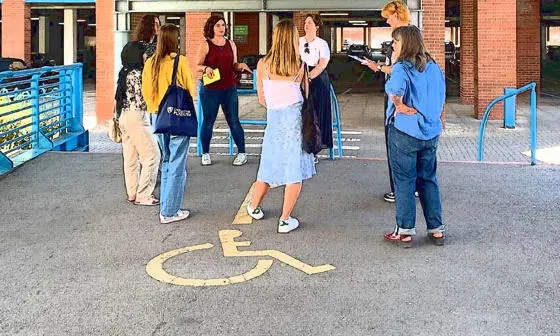How can we improve services for young homeless people?

Contents
Youth homelessness in the UK has been increasing and is currently at a record high level. According to data from the Combined Homelessness and Information Network (CHAIN) – a multi-agency database recording information about people sleeping rough and the wider street population in London – over 4,000 people were seen rough sleeping in London in the first quarter of 2024, a figure that includes more than 360 young people aged 25 and under. This increase in rough sleeping in London has been labelled by homelessness charities Centrepoint and New Horizon Youth Centre as part of a deepening "national scandal".
Homelessness can impact on young people’s physical and mental health, affect employment and education opportunities and expose them to risks such as violence and abuse out on the streets.
Recent Centrepoint figures have suggested that over 135,000 young people in England aged 16-24 presented to councils as homeless, or at risk of homelessness, in 2022/23, with over 20,000 of those young people presenting to councils for support in London alone. Sadly, it is understood that the numbers of young people contacting their local authority when homeless or at risk of homelessness is only a proportion of the overall numbers affected. Estimates suggest that almost half (48 per cent) of all young people experiencing homelessness do not contact their council for help, or if they do, they face significant barriers along the way.
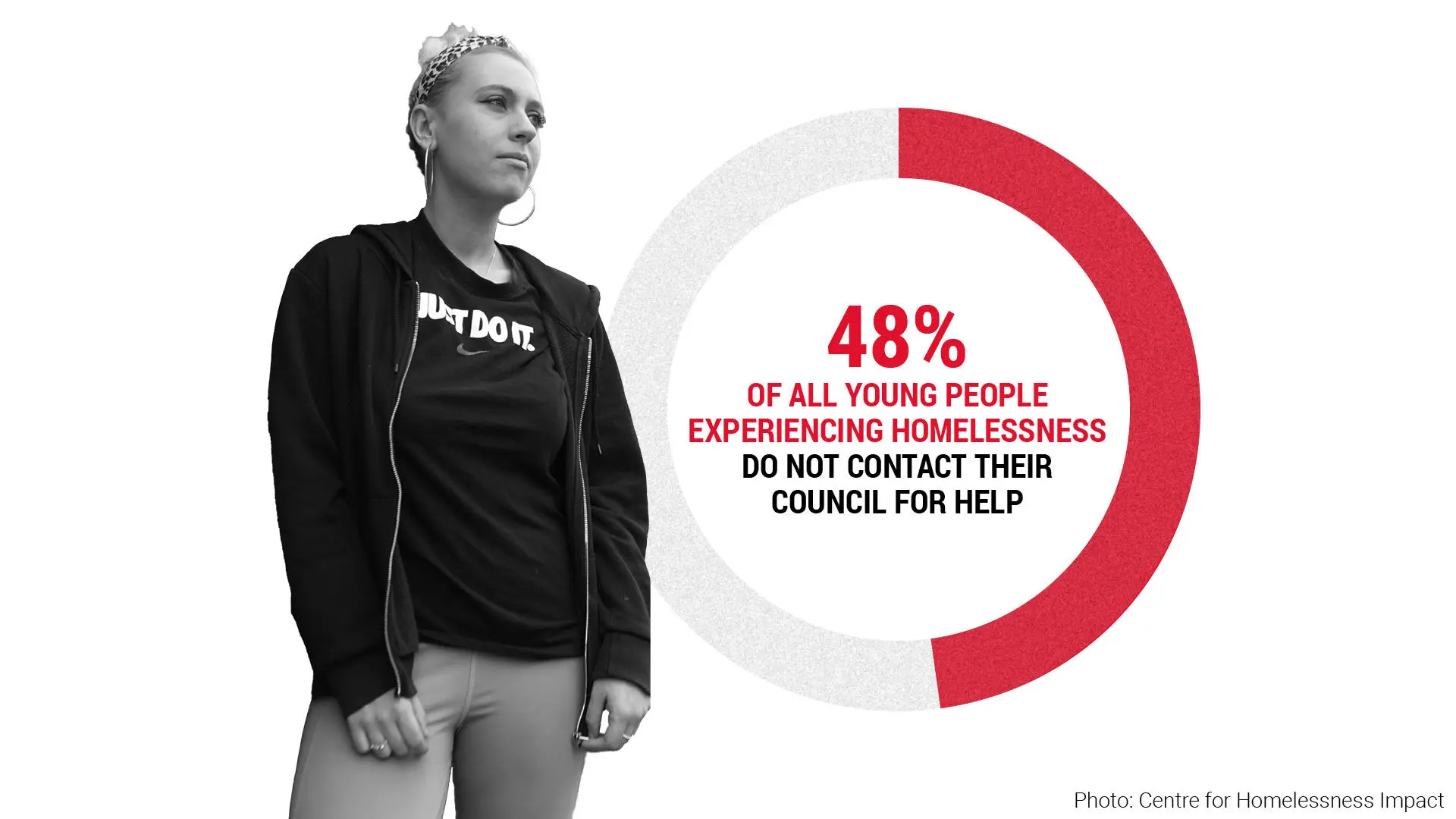
What causes youth homelessness and why is it getting worse?
Youth homelessness is complex, and often results from an interplay of factors, both structural and individual. According to a 2022 report by Centrepoint, the three top causes of homelessness for young people aged 16-24 in England were: family no longer being willing or able to accommodate them (46 per cent); domestic abuse (11 per cent); and eviction from a private, social or supported housing tenancy (seven per cent). In London, more than half of the young people experiencing homelessness were impacted by family being unable or unwilling to accommodate them.
In addition, there are also structural limitations, such as very limited social housing supply, high rents for homes in the private sector and the cost-of-living crisis, alongside a lower minimum wage for those under 21, and lower levels of benefits for those under 25. Accessing affordable privately rented accommodation for those young people on minimum wage is becoming increasingly difficult.
[Young people] found support most helpful when it was holistic and wide-ranging.
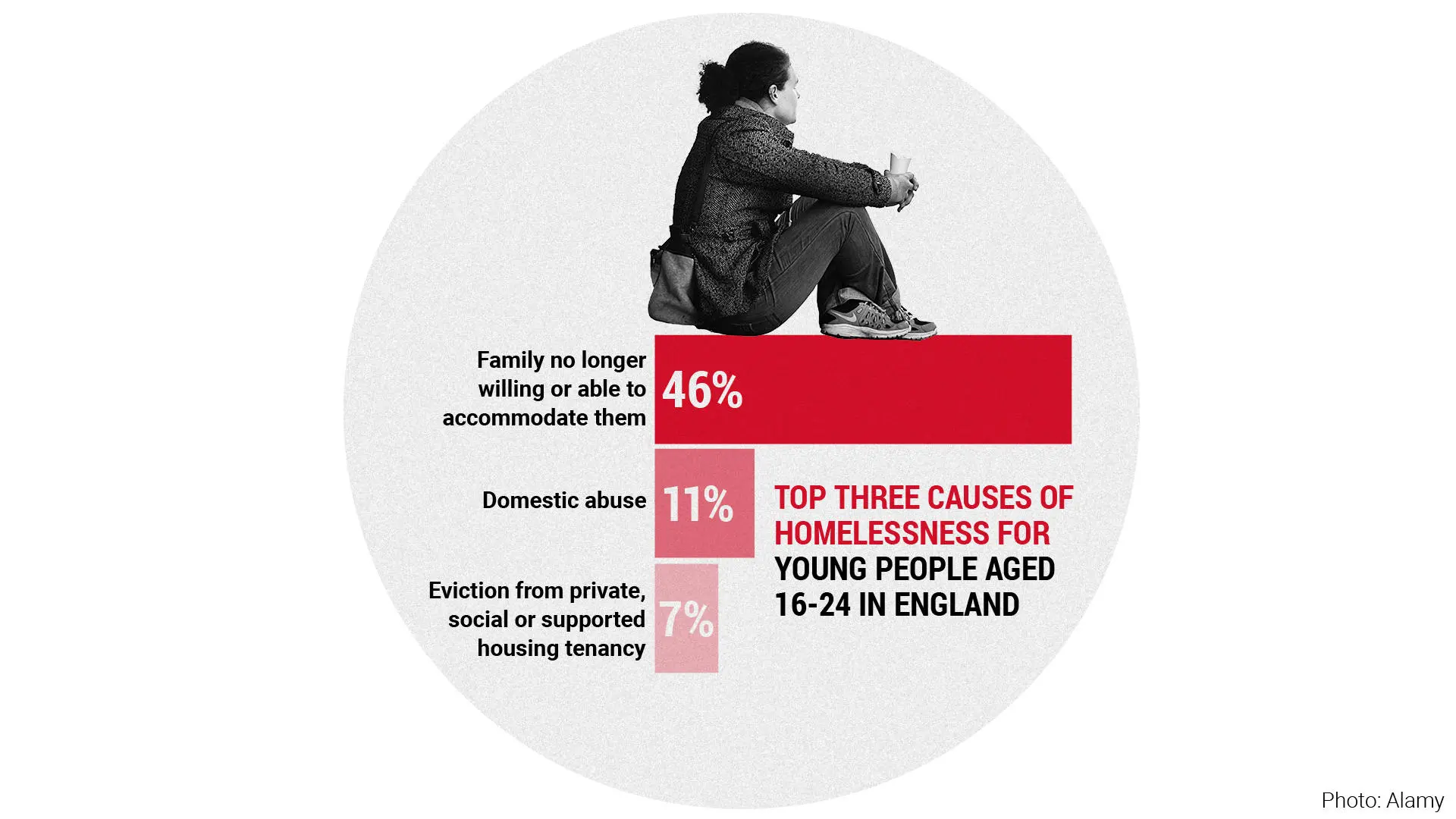
These issues are heightened within the specific context of London, where demand for low-cost housing far outstrips supply in every borough, and where the average private rent is now over £2,500. Landlords with choice are often reluctant to let their homes to younger tenants, particularly younger people experiencing homelessness, due to concerns around their ability to maintain the tenancy or manage the property, and the overall risk of financial loss to the landlord.
Social rented homes are also hard to access, with over 323,000 households on waiting lists for social housing in the capital in 2023. As social homes are allocated on a needs basis, young people without additional/priority needs are unlikely to be allocated a property. Given the demands for housing and limited capacity to provide social housing, increasing numbers of people experiencing homelessness are having to be housed in temporary accommodation. The experience of temporary housing for many is both challenging – often in poor quality or unsuitable accommodation – and far from temporary.
The amount councils spend on temporary accommodation is also steadily growing – councils in London are now estimated to be spending £60 million a month on temporary accommodation, and are therefore facing serious funding shortfalls to cover those costs. Local authorities have called for the government to provide emergency funding for temporary accommodation, following a number of councils effectively declaring themselves bankrupt.
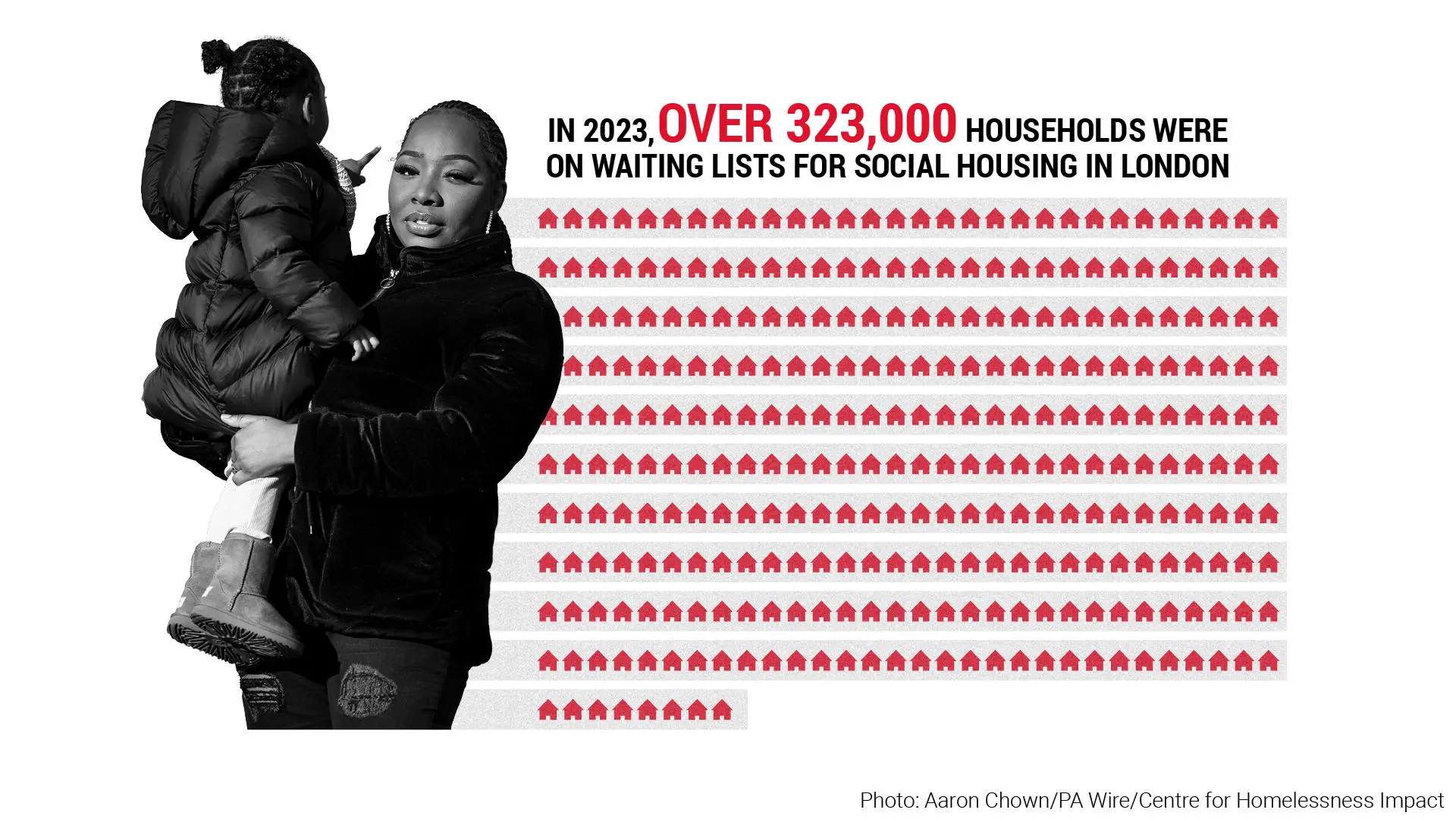
Against this backdrop, the LSE Housing and Communities team has been exploring the realities for young people with experience of homelessness in London.
From September to December 2023, we spoke with 15 young people, as well as stakeholders including housing leads from four London local authorities, a spokesperson from a government department, and staff from voluntary sector and partnership organisations.
The young people at New Horizon Youth Centre told us about their varied experiences of finding and receiving support from their local councils, and about the barriers they encountered in making themselves heard and advocating for their needs. They found support most helpful when it was holistic and wide-ranging, particularly when advocates from the voluntary sector were involved.
Our conversations with stakeholders highlighted some key thematic areas, including the significant challenges facing local authorities across the country, very prominently in London. There is enthusiasm from service providers, both voluntary and statutory, to further develop their collaboration through the co-location and sharing of resources, services and staff in multi-agency hubs and to explore innovative solutions through new housing and support provision. However, there is also a need for additional funding and resourcing to deliver these solutions.
There is enthusiasm from service providers … to further develop their collaboration … However, there is also a need for additional funding and resourcing to deliver these solutions.
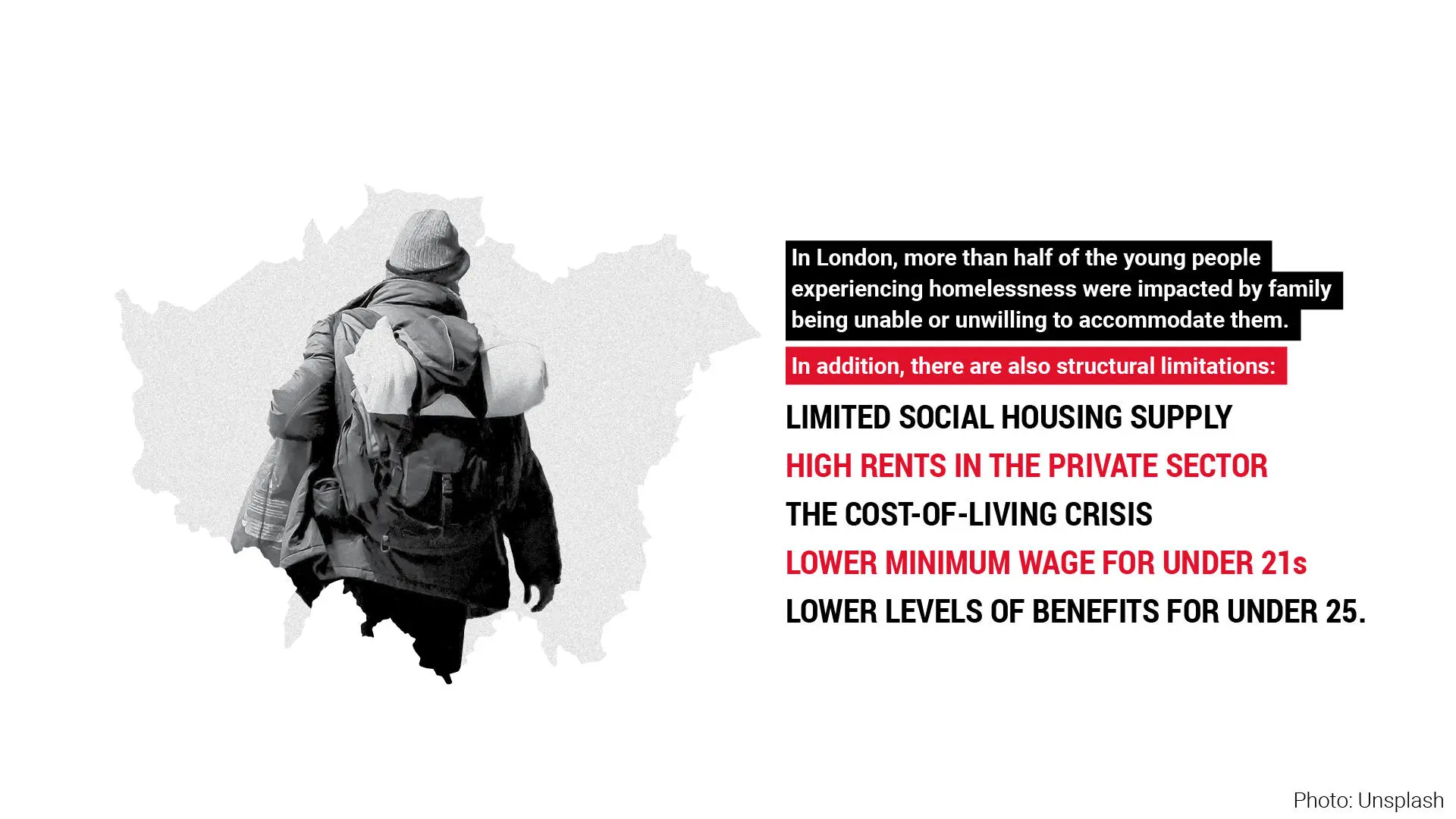
What can be done to help?
Local authorities in London are facing severe pressures on their budgets and have extremely limited options for housing people in need. Young people, unable or unwilling to engage with local authority services, often rely instead on voluntary sector organisations, such as New Horizon Youth Centre, for support.
Voluntary organisations can play a vitally important role in bridging the gap in services for young people, providing an advocate role into and through local authority services, or providing alternative routes into housing. However, rising youth homelessness, a challenging housing market and systemic underinvestment in young people’s services is putting significant additional pressures on both voluntary sector and statutory services to respond to growing need.
Our recommendations for next steps and areas of focus are centred around four main action areas:
1. Consolidated/centralised information – prevention and response to homelessness through a pan-London centralised website (managed by London Councils) for young people setting out rights and the options available to them if experiencing or threatened with homelessness. The government should commit to a national strategy to end youth homelessness with a focus on specific allocations for new housing that meets the needs of young people.
2. The Homelessness Code of Guidance should be updated to include a specific chapter on engaging with, and offering exemplary support to, young people at risk of or experiencing homelessness.
3. Targeted and appropriate support for 18 to 25-year-olds through the co-location of council housing and other statutory and voluntary services including mental and physical health, education, training and advice as well as holistic and wraparound support to meet young people where they are. As part of this more holistic support, council housing teams should undertake training on the specific needs of young people and how best to support them.
4. Increase the supply of young people’s housing, for example, through a pan-London reciprocal to ensure underutilised housing stock and void properties can be brought into use for young people, and to ensure more effective sharing of resources and facilities across boroughs. Through this approach young people should be provided with gender/age-appropriate accommodation where possible via needs assessment.
In all these areas, there is a need for increased coordination, collaboration and partnership working between local authorities and the voluntary sector. Ensuring that young people have their voices heard and can access support that meets their needs, both in terms of housing but also other areas that enable them to live their lives to the fullest, is crucial.
One young person we spoke to summed this up: "At least listen to what we’re saying and not be against us. Be on our side … just listen to us."
Download this article as a print-optimised PDF [267KB].



